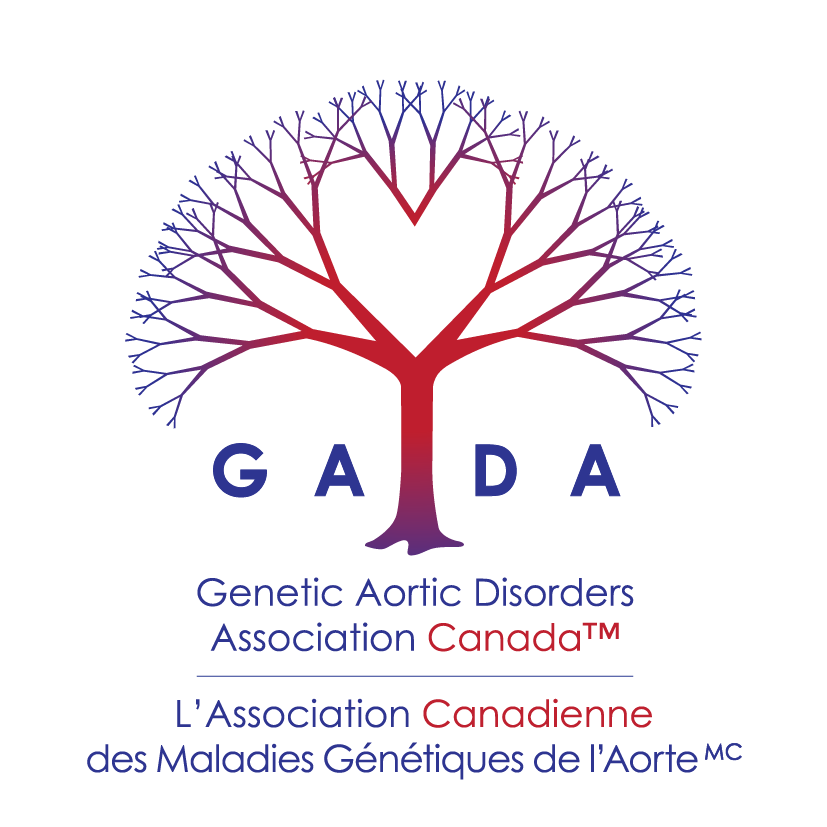What is Marfan syndrome?
Marfan syndrome is a genetic disorder that weakens the body’s connective tissue. Connective tissue "connects", provides structural support, and determines the elasticity of the body's organs, bones, and ligaments. In Marfan syndrome, the connective tissue in the heart, blood vessels, lungs, eyes and skeletal, nervous systems, and other tissues can stretch and weaken.
The condition was first described by Dr. Antoine Marfan in 1896 and can affect both men and women of any race or ethnic origin. It is estimated that 1 in 5000 Canadians has the Marfan syndrome or a related connective disorder.
Because connective tissue is found throughout the body, Marfan syndrome can affect many different parts of the body, as well. Features of the disorder are most often found in the heart, blood vessels, bones, joints, and eyes. Some Marfan features – for example, aortic enlargement (expansion of the main blood vessel that carries blood away from the heart to the rest of the body) – can be life-threatening. The lungs, skin and nervous system may also be affected. Marfan syndrome does not affect intelligence.
What causes Marfan syndrome?
A mutation in the FBN1 gene, located on chromosome 15, which tells the body how to make the protein fibrillin-1, is responsible for causing Marfan syndrome. This mutation results in increased production of a protein called transforming growth factor beta (TGF-β) which causes problems in the connective tissue throughout the body.
The mutation can be inherited from a parent who has the mutation (approximately 75% of cases) or may appear for the first time as a spontaneous mutation in a child of unaffected parents (approximately 25% of cases).
Who has Marfan syndrome?
1 in 3,000-5,000 people in Canada and the United States have Marfan syndrome. About 3 out of 4, or 75% of people, inherit it from a parent who has the mutation. About 1 in 4 however, have a spontaneous mutation, meaning that they are the first in their family to have the mutation and none of the parents are affected.
Each time a person with Marfan syndrome has a child there is a 50% chance that the child will inherit the fibrillin mutation and develop the syndrome. This is known as autosomal dominant inheritance.

